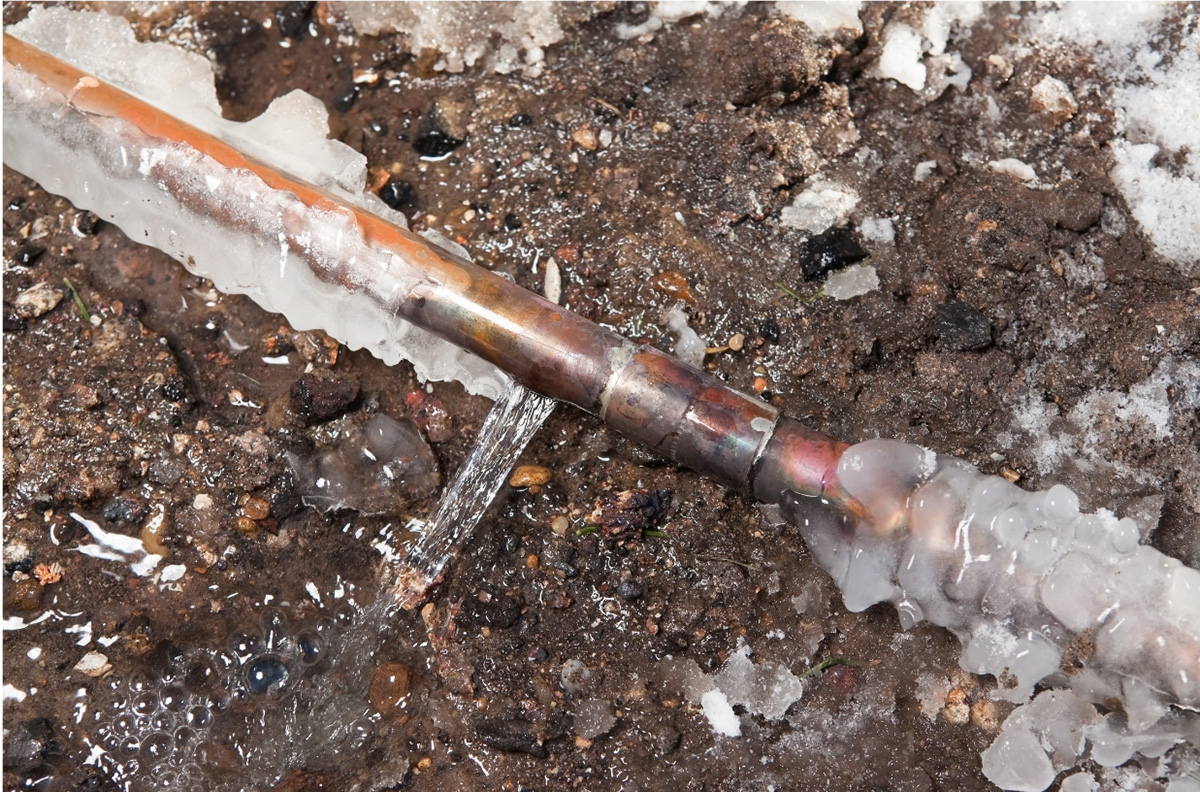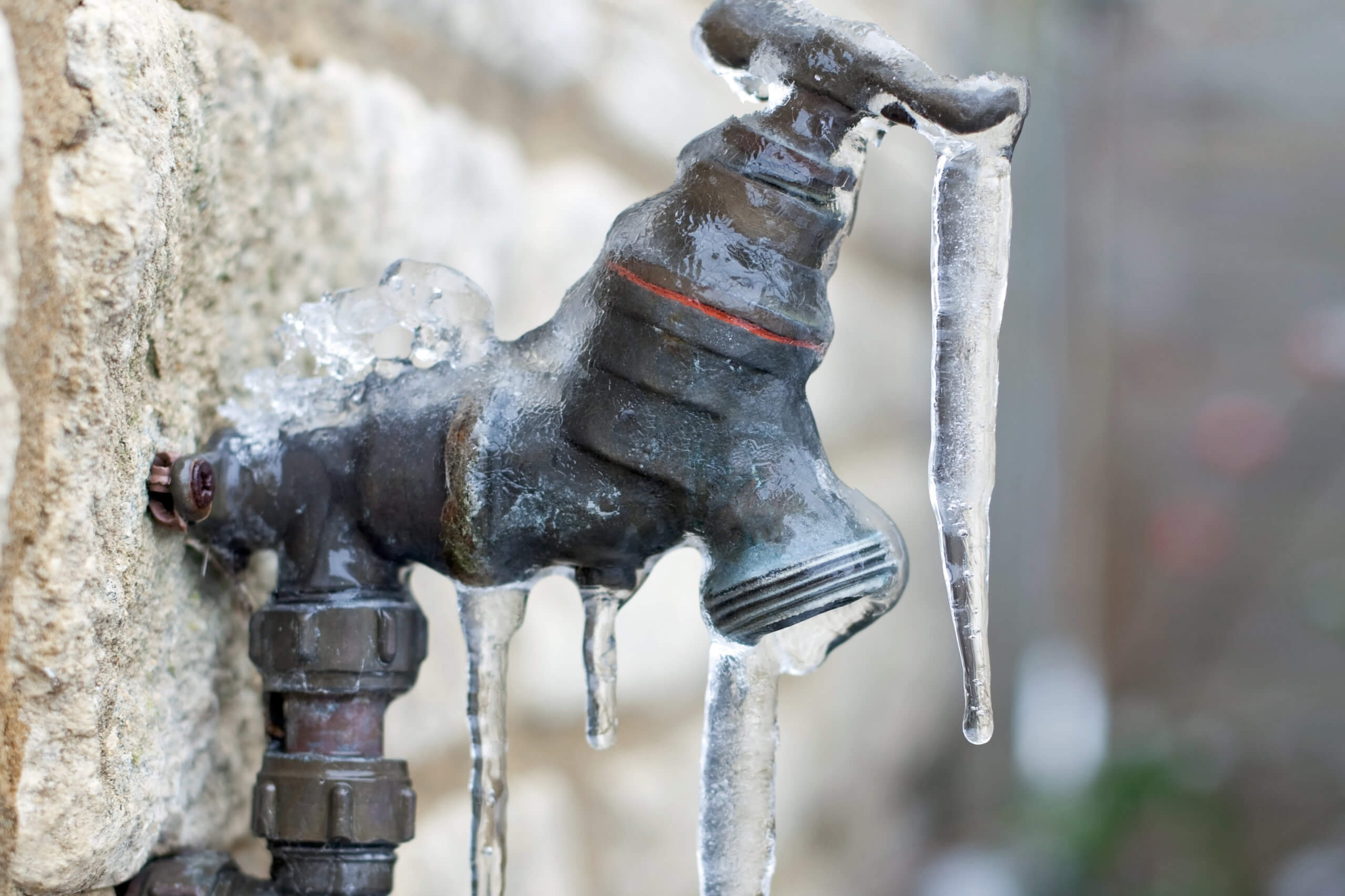Crucial Advice to Prevent Frozen Pipes in Cold Weather: Expert Insights
Crucial Advice to Prevent Frozen Pipes in Cold Weather: Expert Insights
Blog Article
We have encountered this great article about How To Avoid Freezing Pipes below on the net and thought it made perfect sense to relate it with you on this site.

Cold weather can wreak havoc on your pipes, specifically by freezing pipes. Below's exactly how to prevent it from happening and what to do if it does.
Intro
As temperatures drop, the threat of icy pipes boosts, possibly leading to expensive repair services and water damage. Comprehending just how to avoid icy pipelines is important for home owners in chilly environments.
Prevention Tips
Shielding at risk pipes
Wrap pipes in insulation sleeves or use warm tape to secure them from freezing temperature levels. Concentrate on pipelines in unheated or external locations of the home.
Home heating strategies
Maintain interior areas effectively heated up, particularly areas with plumbing. Open closet doors to permit cozy air to distribute around pipes under sinks.
How to recognize icy pipes
Look for lowered water flow from faucets, uncommon smells or noises from pipelines, and visible frost on exposed pipelines.
Long-Term Solutions
Structural changes
Think about rerouting pipes far from exterior wall surfaces or unheated areas. Include additional insulation to attic rooms, basements, and crawl spaces.
Upgrading insulation
Buy premium insulation for pipelines, attics, and wall surfaces. Proper insulation assists maintain constant temperature levels and decreases the threat of icy pipes.
Shielding Outdoor Plumbing
Yard tubes and outdoor faucets
Separate and drain pipes garden hose pipes prior to winter months. Mount frost-proof spigots or cover outside taps with protected caps.
Recognizing Icy Pipelines
What triggers pipes to ice up?
Pipelines ice up when revealed to temperature levels listed below 32 ° F (0 ° C) for prolonged periods. As water inside the pipes ices up, it expands, taxing the pipeline wall surfaces and potentially causing them to rupture.
Risks and problems
Icy pipelines can bring about supply of water interruptions, building damages, and pricey fixings. Ruptured pipes can flood homes and create considerable architectural damage.
Signs of Frozen Pipes
Recognizing icy pipes early can stop them from breaking.
What to Do If Your Pipes Freeze
Immediate activities to take
If you presume frozen pipelines, keep taps available to alleviate stress as the ice melts. Make use of a hairdryer or towels soaked in warm water to thaw pipelines gradually.
Conclusion
Protecting against frozen pipelines requires proactive actions and quick actions. By understanding the causes, indicators, and preventive measures, house owners can shield their plumbing throughout cold weather.
5 Ways to Prevent Frozen Pipes
Drain Outdoor Faucets and Disconnect Hoses
First, close the shut-off valve that controls the flow of water in the pipe to your outdoor faucet. Then, head outside to disconnect and drain your hose and open the outdoor faucet to allow the water to completely drain out of the line. Turn off the faucet when done. Finally, head back to the shut-off valve and drain the remaining water inside the pipe into a bucket or container. Additionally, if you have a home irrigation system, you should consider hiring an expert to clear the system of water each year.
Insulate Pipes
One of the best and most cost-effective methods for preventing frozen water pipes is to wrap your pipes with insulation. This is especially important for areas in your home that aren’t exposed to heat, such as an attic. We suggest using foam sleeves, which can typically be found at your local hardware store.
Keep Heat Running at 65
Your pipes are located inside your walls, and the temperature there is much colder than the rest of the house. To prevent your pipes from freezing, The Insurance Information Institute suggests that you keep your home heated to at least 65 degrees, even when traveling. You may want to invest in smart devices that can keep an eye on the temperature in your home while you’re away.
Leave Water Dripping
Moving water — even a small trickle — can prevent ice from forming inside your pipes. When freezing temps are imminent, start a drip of water from all faucets that serve exposed pipes. Leaving a few faucets running will also help relieve pressure inside the pipes and help prevent a rupture if the water inside freezes.
Open Cupboard Doors
Warm your kitchen and bathroom pipes by opening cupboards and vanities. You should also leave your interior doors ajar to help warm air circulate evenly throughout your home.

We had been guided to that article on How To Avoid Freezing Pipes from a pal on another domain. Appreciated our write up? Please quickly share it. Help someone else locate it. Bless you for your time. Don't hesitate to come by our site back soon.
Get Your Estimate Now Report this page